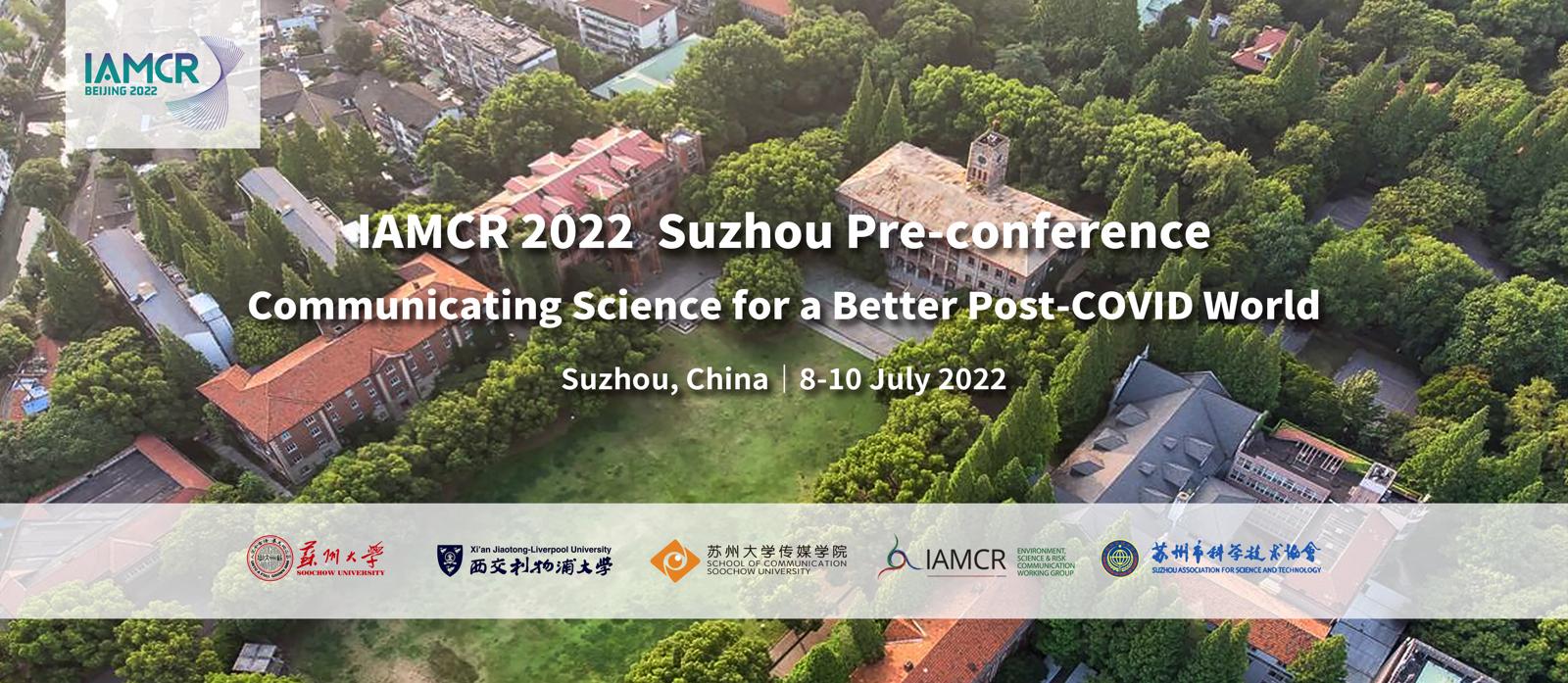To examine the level of polarization in online debate about COVID-19 Chinese government prevention strategies, we choose an extensive discussion on China’s widely used social media Weibo during April 2022 as a case. Two researches are designed to present polarization on different dimensions of retweet and comment. The first research uses a combination of computational approaches, including Social Network Analysis and Correspondence analysis. The second research mainly uses content analysis and framing. Our data comes from two sources. Retweets data contains the keywords "Zero-Covid group" (Group Z in short) or " coexistence with coronavirus group" (Group C in short)from 1st to 24th April(N=88671). Comments data belongs to the post[1] of Wang Gaofei@Laiquzhijian,a KOL as well as the CEO of Weibo(N=520).
Results from research(a) based on retweets illuminate that group polarization exists in netizens' retweets and interaction. Firstly, we use jieba to segment the Chinese text and word cloud shows keywords of our data (Figure 1). Secondly, In the keywords section, we use word co-occurrence network analysis to classify keywords into 5 clusters, which can be divided into two opposite opinion groups (Figure 2). In the retweet section, We employ SNA and community detection to analyze retweeting relationships between users. The graph shows a multi-center network structure, and we label some main KOLs of each cluster given by PageRank algorithm(Figure 3). Furthermore, according to the distribution of latent ideological distance(Figure 4), the result of correspondence analysis suggests that users could be divided into 3 groups, and group Z rarely interacted with group C (Figure 5).
Research(b) based on comments reveals affective polarization. Although the poll result on @Laiquzhijian‘s post shows no polarization(Figure 6), netizens became more polarized by talking to opposing groups. Coding results suggest that the extreme attitude of netizens toward "coexistence with coronavirus" account for 46.77%(Figure 7). The rational degree of opinion expression is quite low, and irrational expression obviously prevail(Figure 8). Negative emotions accounting for 69.77%, while positive emotions for 12.66%(Figure 9). There are 9.2% comments involving political framework. The proportion of economic framework and medical framework are 18.8% and 23.6%, respectively. 19.2% comments contain personal framework. Both radical members of group C and group Z mobilized conflict narratives, such as class conflict,nation conflict,intercity conflict,interindustry conflict,state-capital conflict and economic-livelihood conflict.
Our study contributes to the affective polarization theory, confirms that "affect , but not ideology" leads to group polarization . In China online debate, people label their own and others' political affiliation as opposing groups, and opinions of opposing groups are hostile. The frameworks adopted by different opinion groups result in a differentiated social identity recognition, which in turn lead to opposing views and group polarization in current discussion of scientific issues. We argue that, on Chinese Internet, social polarization is characterized by social class identity rooted in the context of the stratification of Chinese society.
[1] See as https://weibo.com/1111681197/LmVRuaWnV?type=comment#_rnd1651203280028

 京公网安备 11010802039275号
京公网安备 11010802039275号